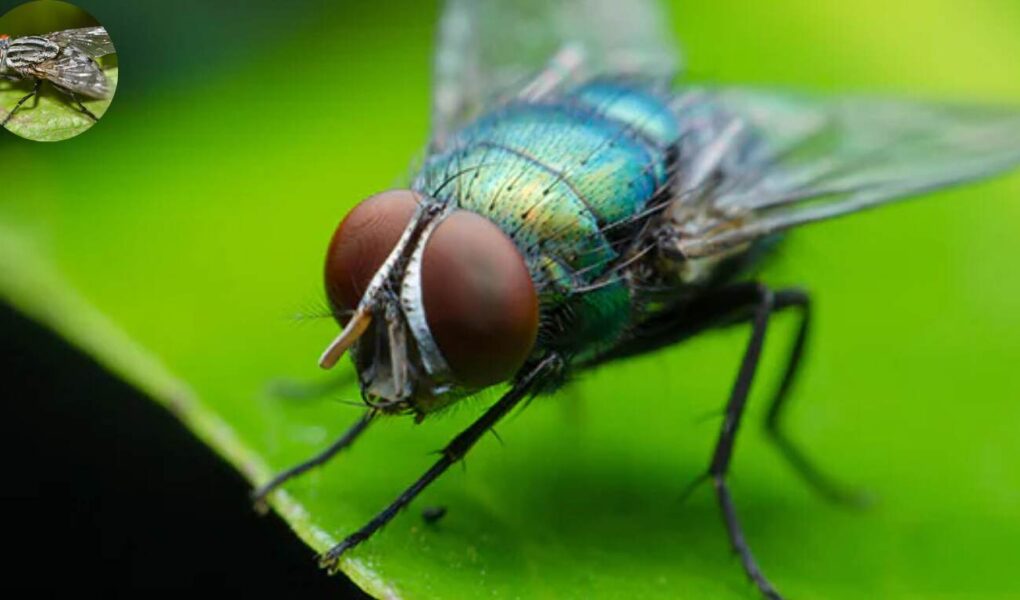Few insects are as familiar-or as unwelcome-as the house fly, a tiny creature found in homes across the globe. With adults typically measuring just 4 to 8 millimeters in length, house flies are easily overlooked except for their persistent buzzing and knack for finding food. But what if these common pests could grow to enormous sizes? This intriguing question sparks curiosity not only about the biology of house flies but also about the physical and environmental limits that define their size. Exploring whether house flies could ever become truly gigantic offers a fascinating look into insect anatomy, growth constraints, and the science behind why these household nuisances remain so small
Understanding House Flies: Basic Facts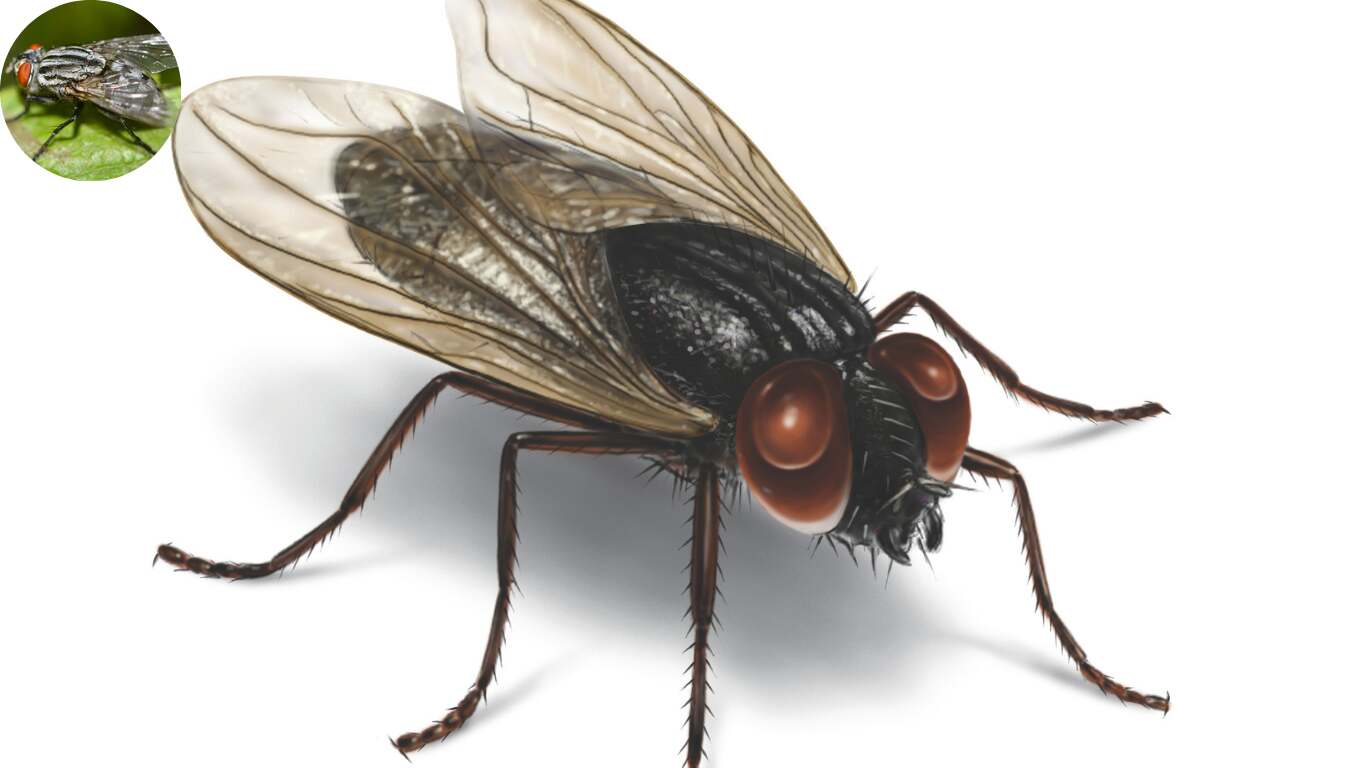
Scientific Name and Global Presence
The house fly (Musca domestica) is a tiny yet incredibly resilient insect that can be found almost anywhere humans live. Their adaptability and close association with human settlements have earned them the nickname “domestic flies.” These pests thrive on waste, decaying matter, and food scraps, making them common in urban, rural, and suburban areas.
Why Do House Flies Thrive Near Humans?
House flies are excellent survivors because they exploit human habits. They are drawn to our garbage, uncovered food, and even pet waste. Poor hygiene and warm climates only encourage their populations to grow, which is why house flies are often more prevalent in the summer months.
Typical Environments and Breeding Sites
To lay their eggs, house flies prefer warm, moist environments. Common breeding sites include:
- Garbage bins
- Compost heaps
- Animal waste
- Rotting organic matter
Because of their rapid reproductive cycle, house fly populations can quickly explode in these conditions.
Physical Characteristics of House Flies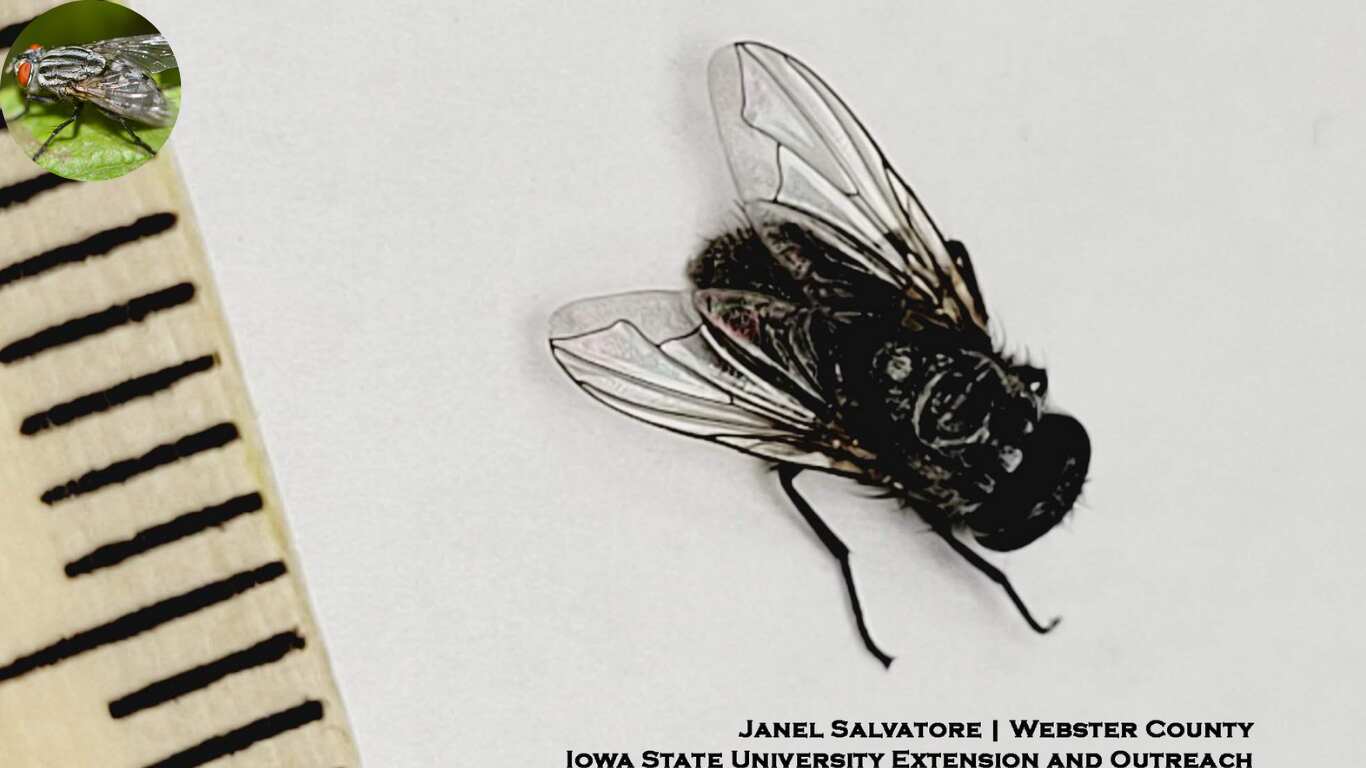
What Do Adult House Flies Look Like?
The physical characteristics of house flies are distinct from those of other insects. They have:
- A grayish-black body with four dark stripes running down their thorax.
- Red, compound eyes that give them a wide field of vision.
- Transparent wings that allow them to fly at speeds of up to 7 km/h.
- Six legs equipped with tiny, sticky pads that let them cling to surfaces.
Male vs. Female House Flies
Interestingly, there are subtle differences between male and female house flies:
- Females are slightly larger than males.
- The placement of their eyes differs: males have closer-set eyes, while females’ eyes are farther apart.
Life Stages and Lifespan
House flies undergo complete metamorphosis, consisting of four distinct stages:
- Egg: Females lay eggs in moist, organic matter.
- Larva (Maggot): These worm-like creatures feed on decaying material to grow.
- Pupa: Maggots form a cocoon-like structure where they transform into adult flies.
- Adult: Fully developed flies emerge and begin their short but active lives.
In general, house flies live for 15-30 days, though this can vary depending on the environment.
How Big Do House Flies Get?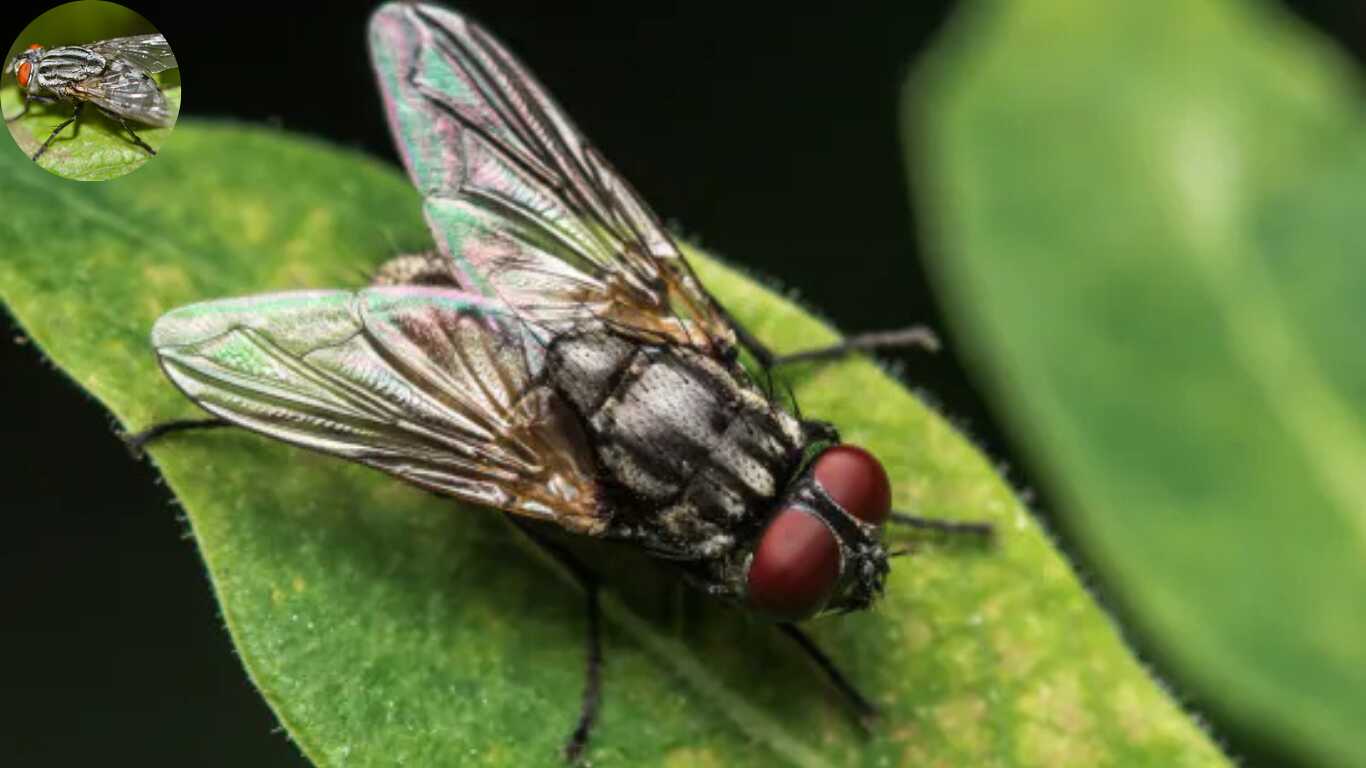
Standard Size Range for House Flies
On average, adult house flies measure between 4–8 mm (0.16–0.31 inches) in length. Females are often closer to the upper end of this range due to their slightly larger bodies. Their wingspan typically ranges from 13–15 mm (0.51–0.59 inches).
Size of Maggots and Pupae
The larval stage, or maggot, is about 7–12 mm (0.27–0.47 inches) long, depending on the availability of food. Pupae, which are encased in a hard shell, are slightly smaller at around 8 mm (0.31 inches) in length.
Comparing House Flies to Other Common Flies
To put their size into perspective, let’s compare house flies to other types of flies:
- Blow Flies: Larger, measuring 6–14 mm (0.23–0.55 inches).
- Usually only 3–4 mm (0.11–0.15 inches) in size.
- Horse Flies: Significantly larger, reaching sizes of 10–25 mm (0.39–0.98 inches).
House flies are relatively small when compared to these species, which reinforces their reputation as tiny but troublesome pests.
What Determines the Size of a House Fly?
Genetic Factors
Size is largely determined by genetics. House flies have evolved to maintain their small size, which allows them to maneuver easily and avoid predators. Their DNA sets specific limits on how large they can grow.
Environmental Influences
Several environmental factors can influence the size of individual house flies:
- Temperature: Warmer climates accelerate development, sometimes resulting in smaller adult flies.
- Food Availability: Maggots with access to abundant, nutrient-rich food can grow larger.
- Habitat: Flies raised in clean, spacious environments may exhibit slightly larger sizes compared to those in crowded or polluted conditions.
Life Cycle Speed
House flies that develop quickly due to favorable conditions (such as high temperatures) may end up smaller because they spend less time in the larval stage, where most growth occurs.
Can Flies Grow Larger in Certain Conditions?
While genetics and environment play a role, house flies have a natural size limit. Even in ideal conditions, they rarely exceed 8 mm in length because their biological systems are not designed to support larger bodies.
Are There “Giant” House Flies?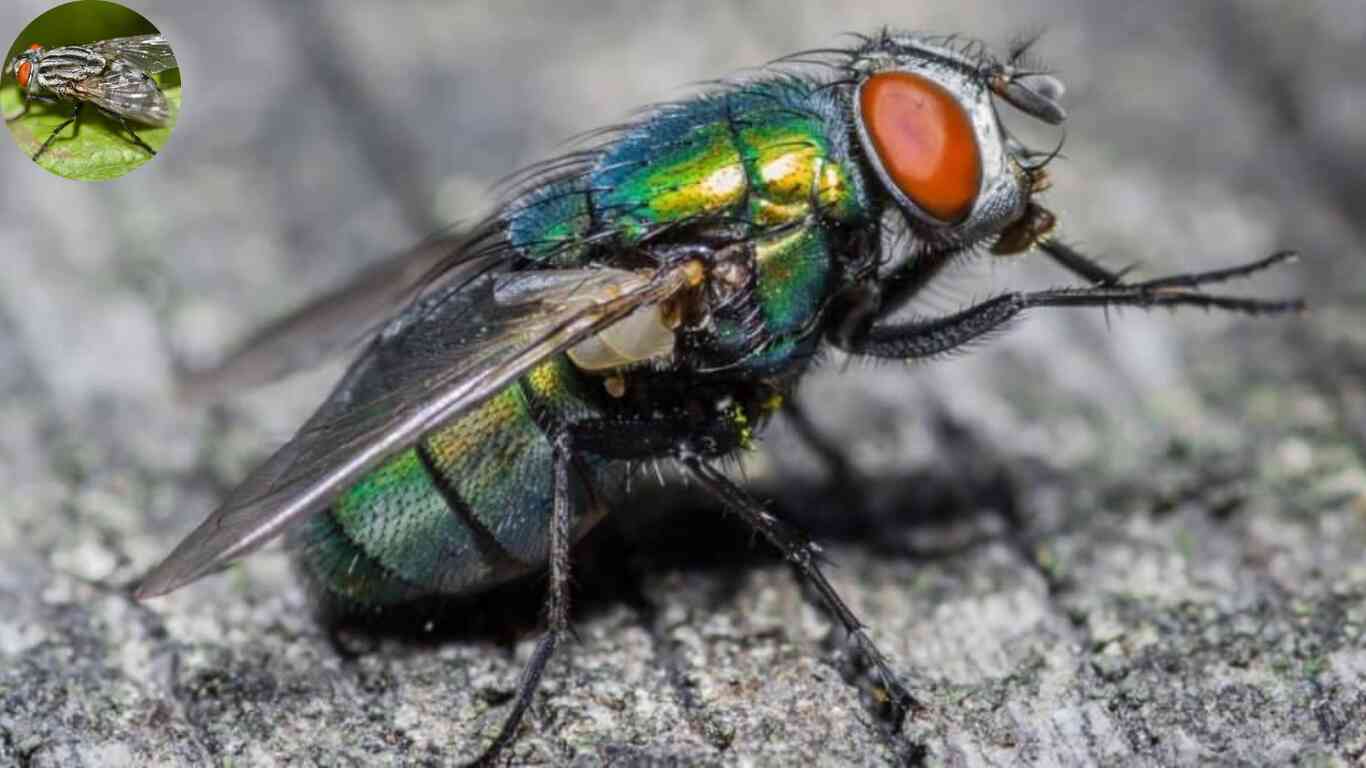
Myths and Misconceptions
Occasionally, people report seeing “giant” house flies. However, these are often cases of mistaken identity—what they’re actually seeing are larger fly species, such as blow flies or horse flies.
Maximum Recorded Sizes
The largest house flies documented in scientific studies measured around 8–9 mm (0.31–0.35 inches), which is slightly above the average but far from “giant” status.
Comparison to Larger Fly Species
Here’s how house flies stack up against other large flies:
Why Don’t House Flies Get Really Big?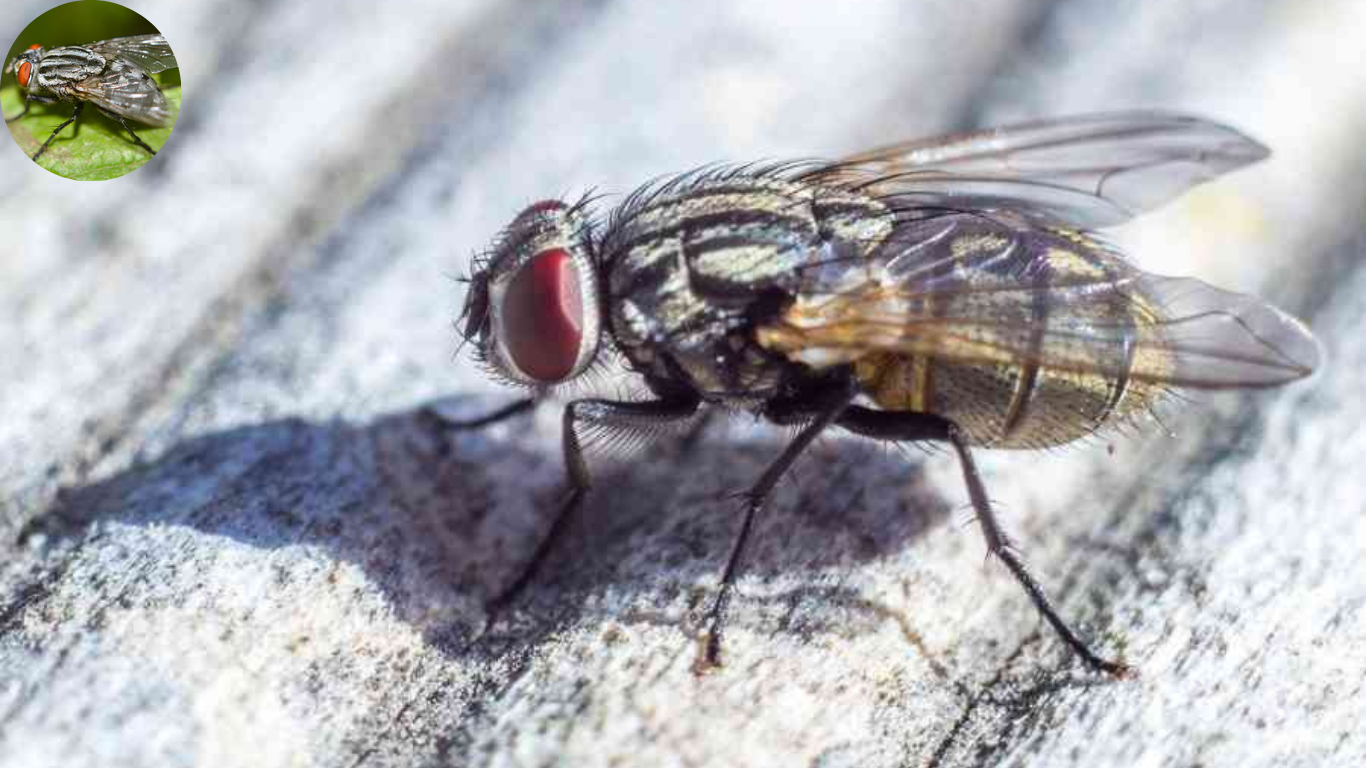
Biological Limitations
House flies are small for a reason. Their exoskeleton provides structure and protection, but it also limits how large their bodies can grow. Additionally, their respiratory system, which relies on diffusion through tiny tubes called tracheae, can only support a small body size.
Evolutionary Constraints
Over millions of years, natural selection has favored smaller, more agile house flies. A larger fly would be slower, less efficient at flying, and more vulnerable to predators.
Impact of Size on Survival
Size also affects other key behaviors:
- Flight: Smaller flies are more aerodynamic and can escape threats more easily.
- Feeding: Tiny mouthparts are perfectly suited for their liquid diet.
- Reproduction: Smaller bodies allow for quicker development and faster reproductive cycles.
When House Flies Seem Larger Than Normal
Factors That Could Cause Larger Flies
In rare cases, house flies may appear larger than usual due to:
- Overfeeding During Larval Stage: A well-fed maggot may develop into a larger adult.
- Genetic Mutation: Though rare, mutations could result in slightly larger flies.
- Misidentification: Larger flies are often mistaken for house flies, leading to the misconception of “giant” house flies.
How to Identify Other Fly Species
If a fly seems unusually large, it’s worth taking a closer look at its color, shape, and behavior. This can help you determine whether it’s truly a house fly or a different species altogether.
You may also read(how to spiritually clean your house)

